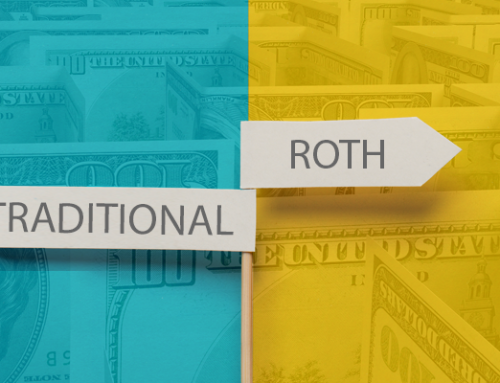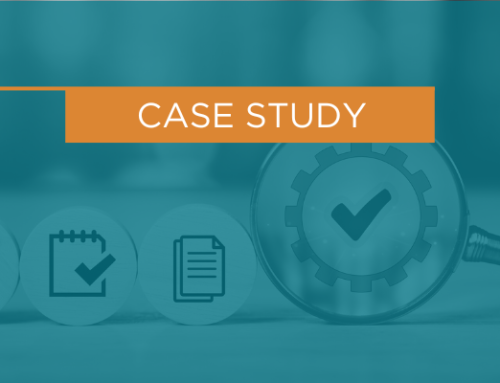By Bronach Branan, CPA, ACMA, CLSSGB
Organizations sustaining success amid rapidly changing market conditions consistently develop strategies dedicated to:
- Agility
- Innovation
- Meeting the evolving needs and expectations of customers
Lean Thinking is a strategy dedicated to all three of the above that also prioritizes efficiency and effectiveness.
Originating in Toyota’s manufacturing systems, Lean Thinking now transcends multiple industries as a guiding principle that helps to eliminate waste while maximizing value and making strides toward continuous improvement.
More About Lean Thinking
Lean Thinking revolves around a simple yet powerful concept: creating more value for customers with fewer resources.
The foundation of Lean is all about identifying and eliminating waste – anything that does not add value from the customer’s perspective. Waste comes in various forms, including overproduction, excess inventory, waiting, unnecessary transportation, defects, over-processing, and underutilized talent.
OpEx clients can often list several areas where they suspect waste exists. During an OpEx engagement, the team helps the client focus on the area that will create the most impactful outcome and elevate value in the eyes of the customer. From there, the OpEx team works to uncover and address roadblocks and find ways to energize powerful change.
Most organizations engage in many unnecessary activities and use more resources than they need to. And, of course, some waste is simply unavoidable.
The pillars of lean help separate the unavoidable from the avoidable.
The Pillars of Lean
- Defined by the customer, value is anything the customer is willing to pay for. Identifying what value looks like for the customer is the first step in Lean Thinking.
Using Lean to Minimize Waste
Waste is expensive — both to the customer and the organization. In addition to reducing profit margins and quality, waste detracts from customer and employee satisfaction.
Organizations can apply Lean Thinking to minimize the eight types of waste using these strategies:
Overproduction
Producing more than what is immediately required leads to excess inventory, increased carrying costs, and potential obsolescence.
- Lean recommendation: Develop a plan to move toward producing only what is needed, when it’s needed. Use pull systems like Kanban to base production on real-time customer demand.
Inventory
Often resulting from overproduction, excess inventory ties up capital and occupies valuable space.
- Lean recommendation: Dig into and address the root causes of excess inventory to reveal underlying defects or inefficiencies.
Wait Time
Whether it’s people or processes waiting on something or someone, idle time in key processes causes delays and inefficiencies.
- Lean recommendation: Develop a plan to synchronize activities and move toward minimizing downtime between process steps.
Transportation
Unnecessary movement of materials or information adds time and cost to the process and increases the risk of damage or loss — all without adding value.
- Lean recommendation: Explore logistic strategies that minimize transportation, e.g., relocate resources, optimize routing, etc.
Defects
Whether it’s a data entry mistake, a software bug, or a shipment error, defects and mistakes trigger the need for rework and can destroy customer satisfaction.
- Lean recommendation: Uncover the root cause of the defect and work to error-proof the process.
Over-processing
An example of overcomplicating a process is spending time and resources developing and incorporating software features that customers don’t want or need.
- Lean recommendation: Keep it simple and focus on essential value-adding tasks. Streamline processes to eliminate work beyond what is expected or required by the customer.
Underutilized Talent
By hiring too many people or failing to properly train and empower them, organizations can underutilize talent and damage their brand.
- Lean recommendation: Empower your employees by encouraging them to share insights and use their creativity and unique skill sets. Fostering a culture that is committed to training and providing opportunities for learning, development, and growth.
Using Lean to Enhance Value Streams
Organizations that apply Lean Thinking principles see significant improvements in value streams.
Value stream mapping is an effective process for visualizing how every action or process your teams perform impacts the value ultimately delivered to the customer.
To optimize value stream mapping and enhance the value streams themselves:
- Perform a customer value analysis. To understand what value means to your customers, identify their specific needs, preferences, and pain points. From there, it becomes easier to align value stream improvement efforts with customer expectations.
- Foster a culture that celebrates continuous improvement. Throughout the organization, encourage employees to identify opportunities for improvement and strategies to enhance value delivery for the customer.
- Promote cross-functional collaboration. Often, functions like design, production, logistics, and customer service operate independently in silos that prevent opportunities for synergy and communication. Work to break down those silos and promote collaboration across departments involved in critical value streams.
Learn More
Every organization wants to remain competitive, delight customers, and retain its best employees. Incorporating lean thinking can accomplish these goals. And getting started with lean thinking is easier than you think.
Organizations that take the first step are future-proofing their business models and achieving significant improvements in efficiency, responsiveness, and customer satisfaction.
Contact us today to learn more about lean thinking, Operational Excellence, and the dramatic results you can unlock for your business.




